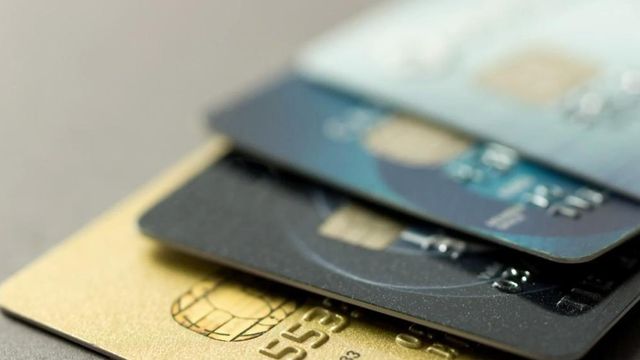Overdraft protection can be more risky than safe
Many people may be surprised to learn that having overdraft protection doesn't necessarily mean they're covered.
Posted — UpdatedOverdraft protection is supposed to protect users, but debit cards and ATM usage could still leave them at risk of exorbitant fees.
“That’s big money," said Nikhil Hutheesing, a money editor at Consumer Reports. "And at least two large banks have been accused of using deceptive practices to get you to sign up according to the Consumer Financial Protection Bureau. Our advice is don’t be pressured into getting overdraft protection. It’s not mandatory.”
Experts say users are better off declining overdraft protection altogether. Transactions might get denied, but one study shows that people who do so save more than $20 a month in checking fees.
Instead, sign up for text and email alerts that flag low balances, and link checking to a savings account which can cover shortfalls for free or for a relatively small fee.
“We also recommend signing up for banking mobile apps so you can check your balance before you make that purchase," said Hutheesing. "That way you’ll know before you swipe if you’ve got enough cash to cover the charge."
If you get charged an occasional overdraft fee, call or visit where you bank and ask for the fee to be waived. Banks and credit unions will often extend that courtesy to good customers.
• Credits
Copyright 2024 All Consumer Reports material Copyright 2017 Consumer Reports, Inc. ALL RIGHTS RESERVED. Consumer Reports is a not-for-profit organization which accepts no advertising. It has no commercial relationship with any advertiser or sponsor on this site. For more information visit consumer.org (http://consumer.org/)





